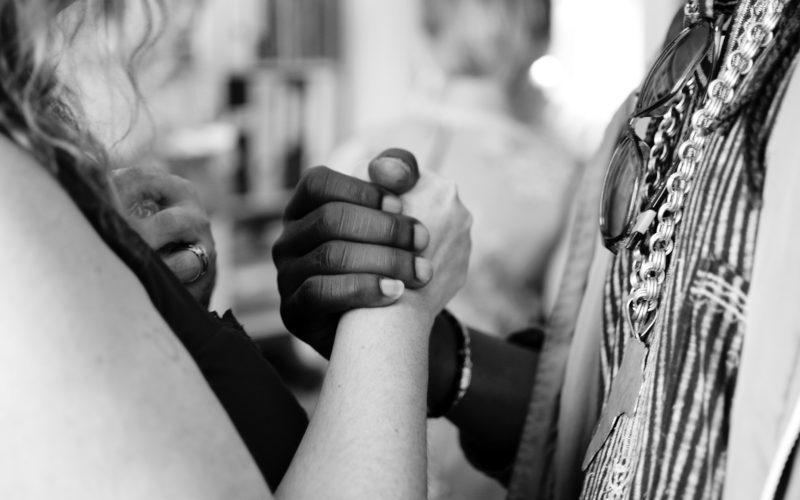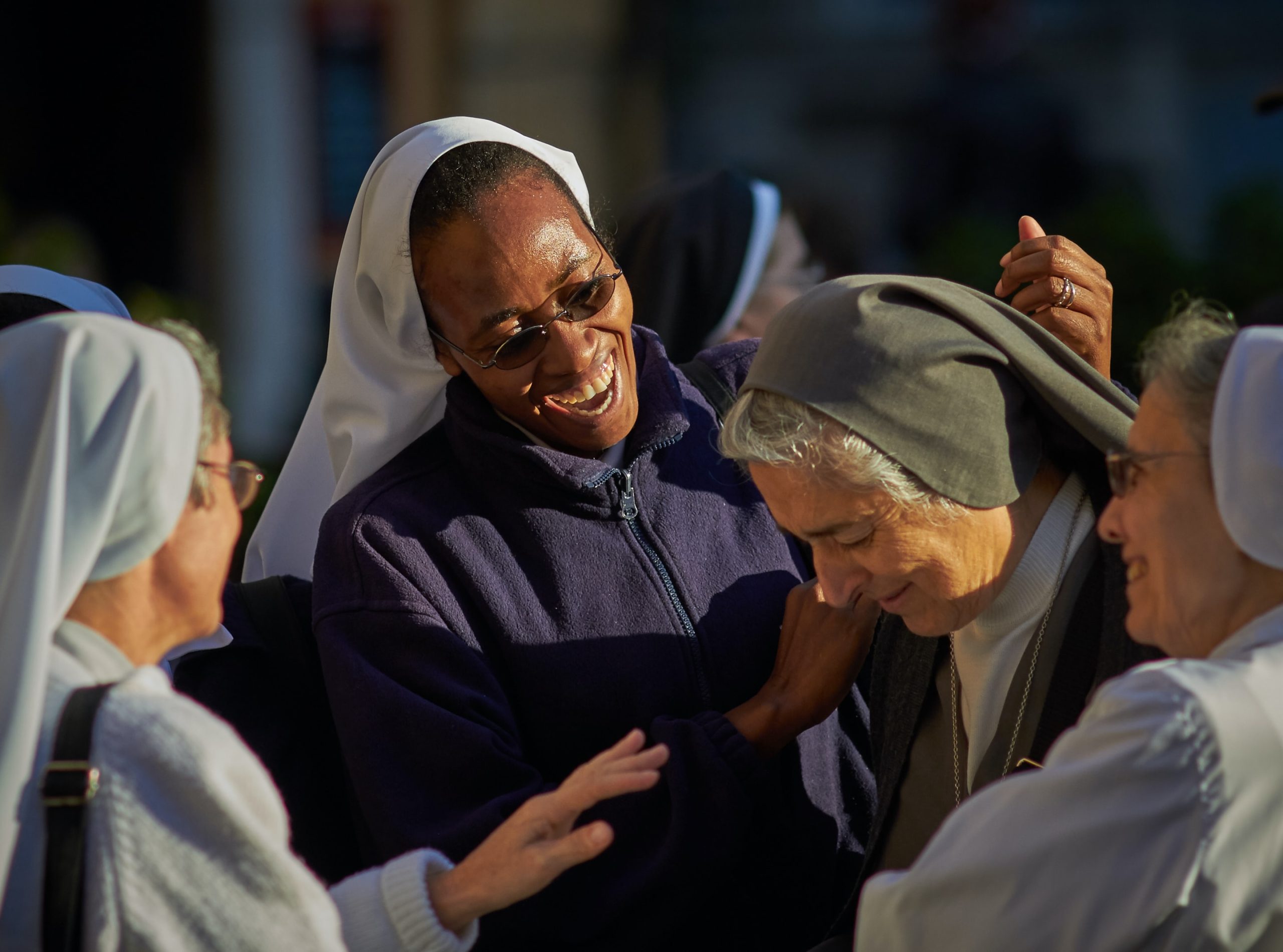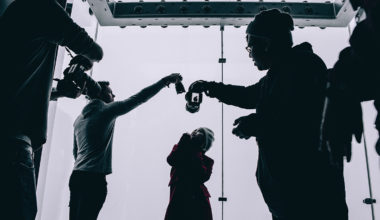This is a traumatic time in America. We are living through a period of escalating gun violence, ripping apart communities, stealing innocence from children, and widening our political divide.
After these tragedies, I am struck by how interfaith gatherings have become a standard and even expected component of community healing. Perhaps this will not come as a surprise to some, but as people look to mourn and process together, it is telling to see where they turn. People don’t gather across work affiliation; there isn’t an obvious healing service or platform where lawyers, plumbers, and accountants come together to demonstrate compassion and solidarity. In terrible moments such as these, we expect our faith-leaders to set the tone for how to move forward—even those who don’t regularly identify with a faith or participate regularly in a religious congregation.
The media, increasingly reluctant to spotlight faith issues beyond scandal (according to data recently released), almost always cover these interfaith gatherings. Sometimes, too, in these moments the media will even spotlight the perspective of a specific faith-leader. This, I believe, is tacit acknowledgement on the part of an often-skeptical (or time starved and underesourced) media sector that faith leaders provide a unique and measured perspective from which we could all benefit. It is, in a way, a service to their readers and viewers to offer them voice in these tense and troubled moments.
In that spirit, here are three examples—two profiles and one an opinion piece—from clergy in the wake of the horrible events Buffalo and Uvalde. These are articles that offer a different perspective about the unfolding tragedy and demonstrate how even modern society looks to faith in their trials. Their perspectives differ. But their approach speaks a common message – that faith indeed matters:
Religion news profiles Reverend Deanna Hollas, three years into her role as the first ordained minister of gun violence prevention for Grace Presbytery, the largest Presbyterian denomination in the United States. She observes that clergy “are the ones who comfort the families, who bury the dead, and we can’t just do that without asking, ‘What can we do to stop this?’ Because we know that this doesn’t happen in other countries, other peer nations.’”
In an opinion piece in the Times of Israel, Rabbi Ari Hart, the spiritual leader of Skokie Valley Agudath Jacob, a modern orthodox synagogue in Skokie, Illinois. In an emotionally raw and conflicted, Rabbi Hart writes, “I’m a public person, a rabbi in the community, and, terrifyingly, my family and I have been threatened by people who want to do us harm. So I learned how to handle a firearm, and I’m licensed to own and carry one. But as a rabbi, as a parent, as a citizen I refuse to accept that these firearms deaths, these massacres, these lives of children cut down, is just ‘how it is.’”
And, meet Reverend Erika Lewis, associate pastor for St. Joseph AME Church in Durham, NC, who wrote a sermon titled “’You Are a Triple Threat: Anointed, Appointed and Armed.” In her sermon, she reimagines the definition of what being armed means. “As believers of God, we are armed with our definition of who God is. Then also, we as individuals have to understand that we have a role to play in some of the social issues that are going on out there.”
Finally, while I am somewhat reluctant to point too directly to my faith in these forums because it could appear self-serving (and no doubt will inspire criticism), I will make an exception this time and on this topic. The Deseret News recently published an editorial on gun-control. While including this article here is not an endorsement of the content, per se, it is an acknowledgement of the need for more of this type of exchange in the media, where issues are addressed without ignoring the facets of faith in the conversation. I am calling out the courage to step out of a comfort zone, to accept potential criticism and complaints, to empathize and act, as an example for all of us. All of us could benefit from media content that lifts the debate to this level.
Of course, there are many opinions about how to address America’s gun violence. It fills our pages and newsfeeds. A common theme through all of these pieces is the belief that, no matter our opinion on guns and the cause of gun violence, something different needs to be done. We need an evolution of thought. And, in whatever way we move forward, we need the media to keep featuring those of faith we can emulate as we navigate our way through this contentious issue.
The moment is now to do something about gun violence in America. Any rational, caring citizen should be able to agree with that. If we take the core tenets of all of our faiths—care for our neighbor, protection of our community, the desire of the Divine to want us to live free from fear—as a starting place, we can leverage that strength to cross this bloody, muddy river.
This is not a moment to be discouraged. This is a moment to have hope that the solutions we seek are already in the air—they are in the hymns we sing in our worship spaces, in the prayers we say in our quietest moments, in the intentions that fuel the acts of service we already perform in our communities.
Let’s reach up for them together.


